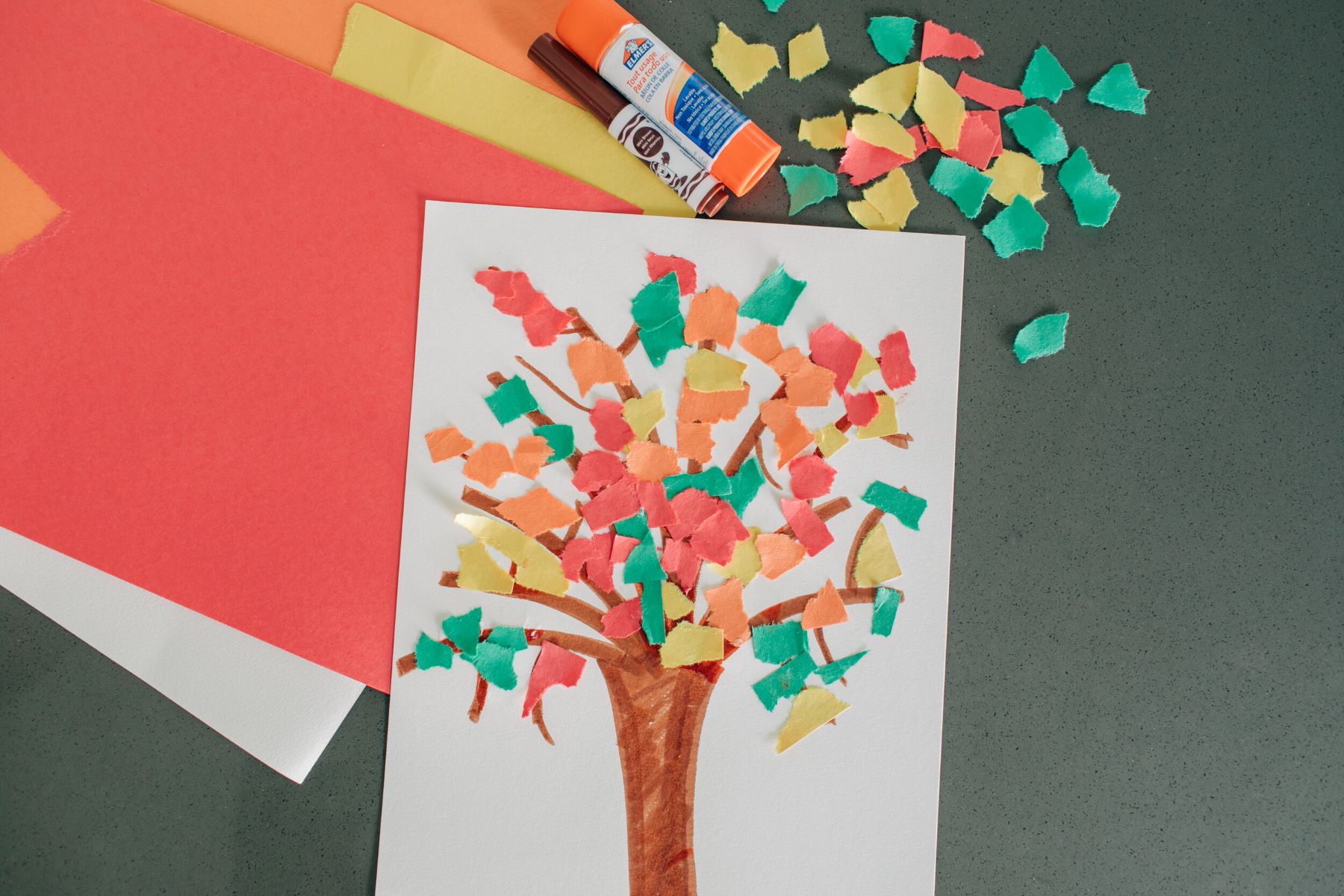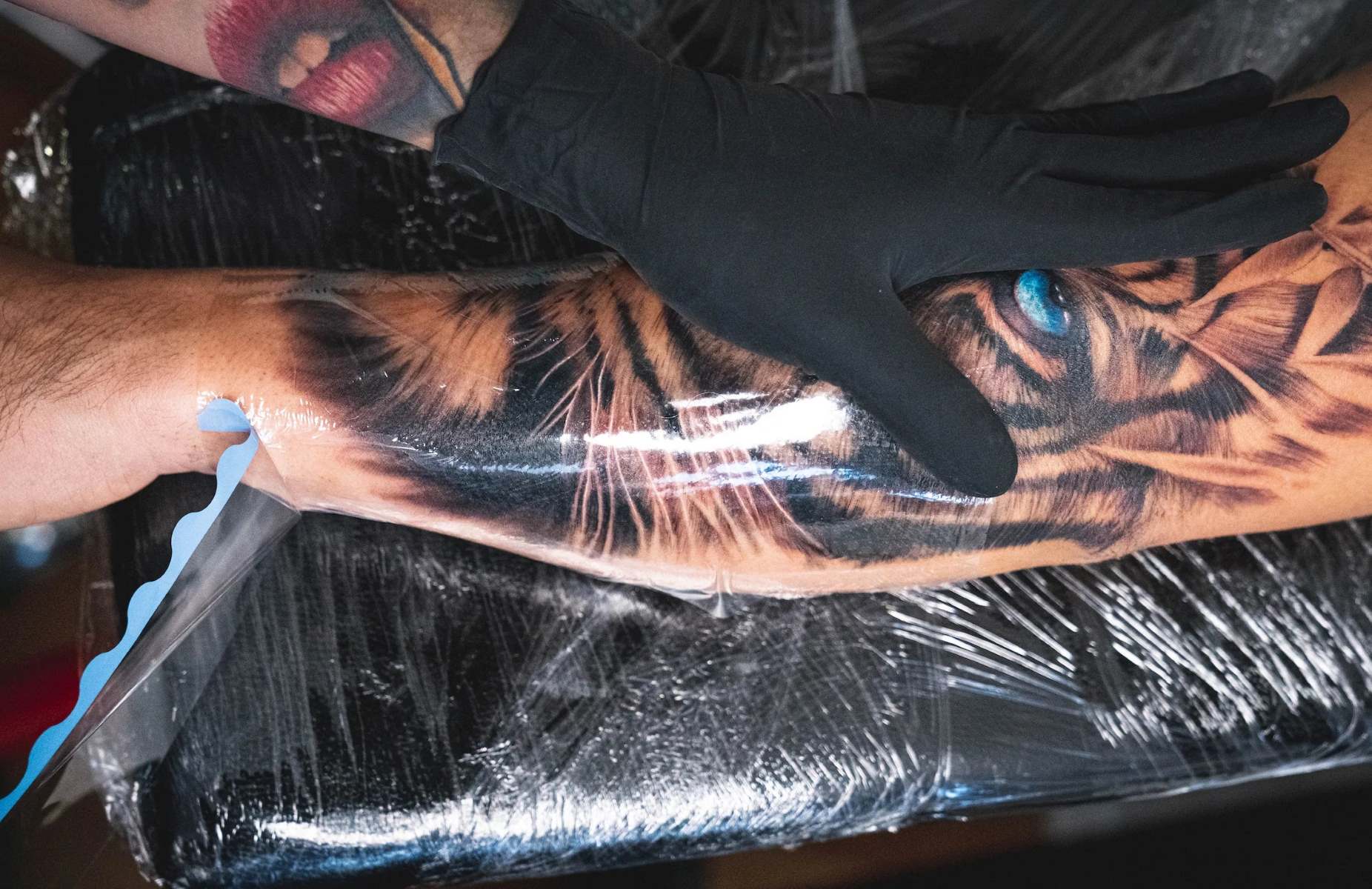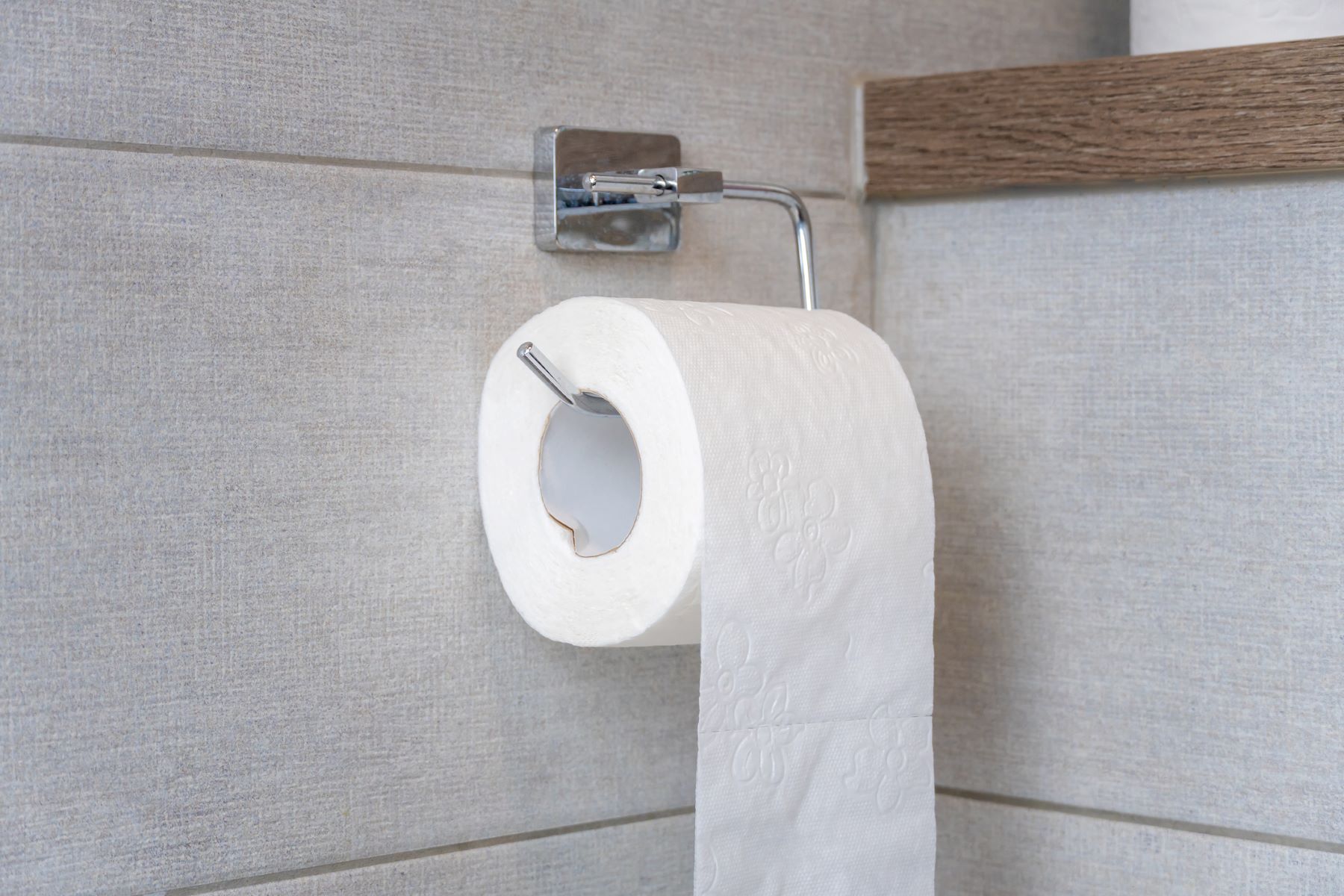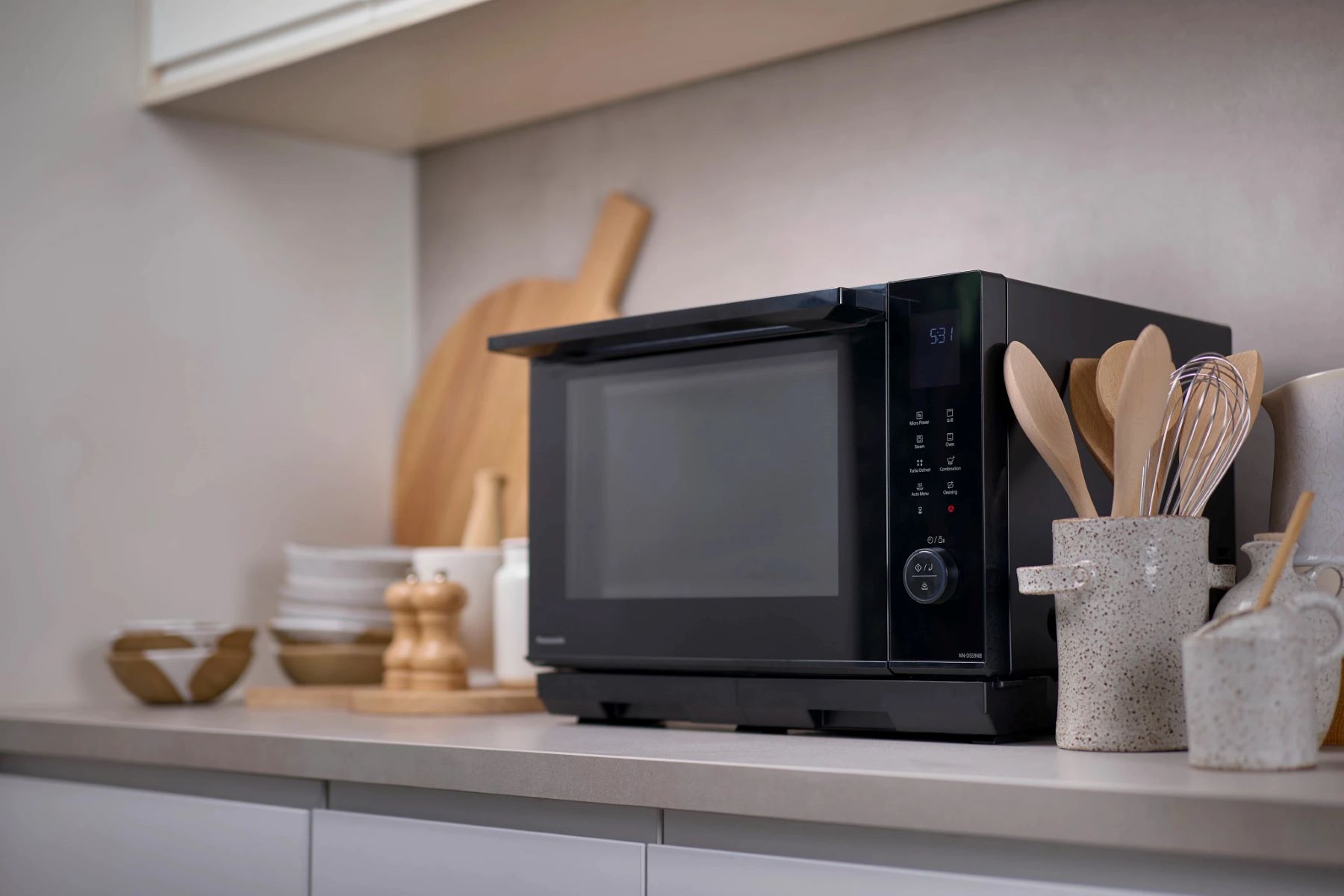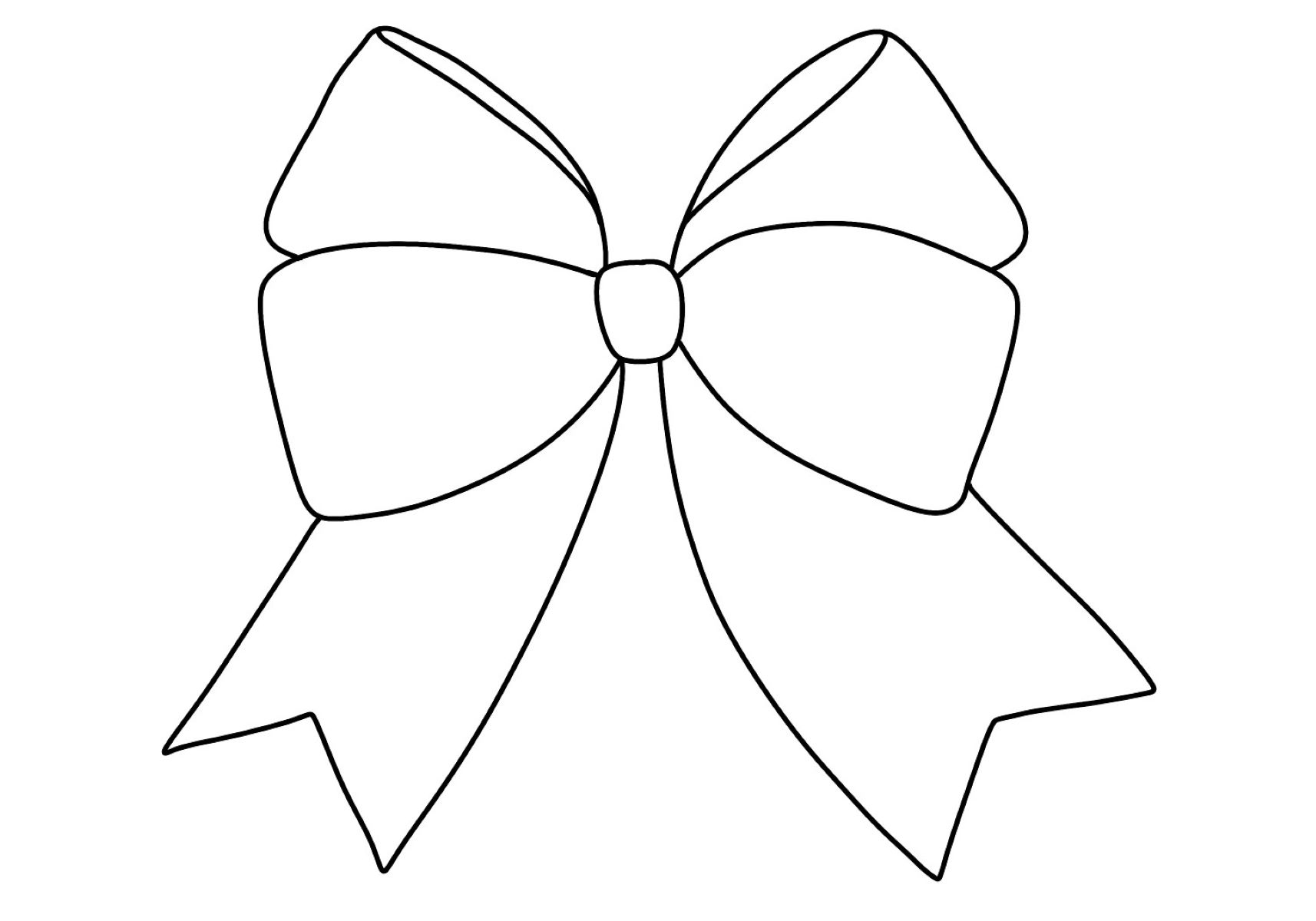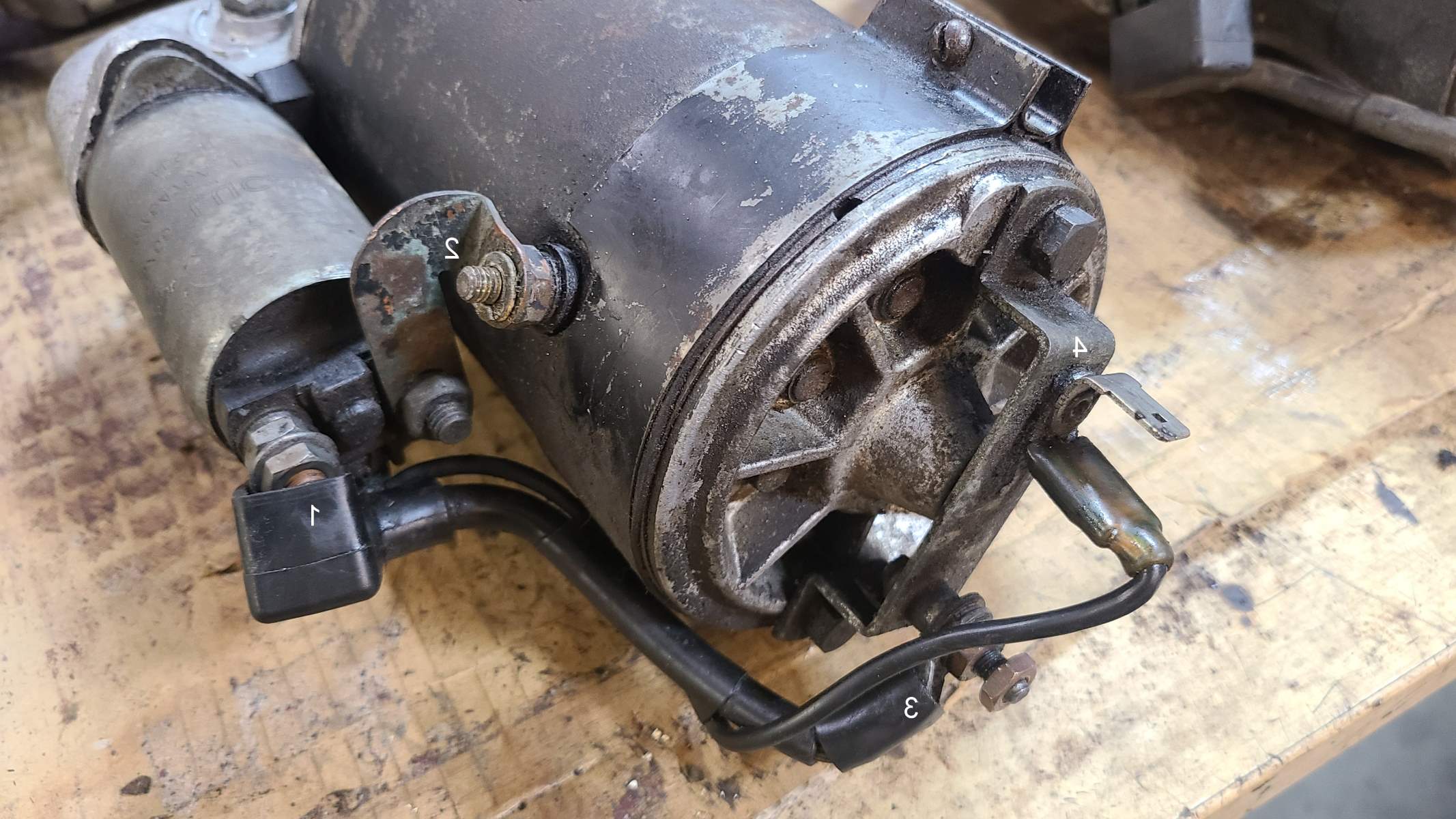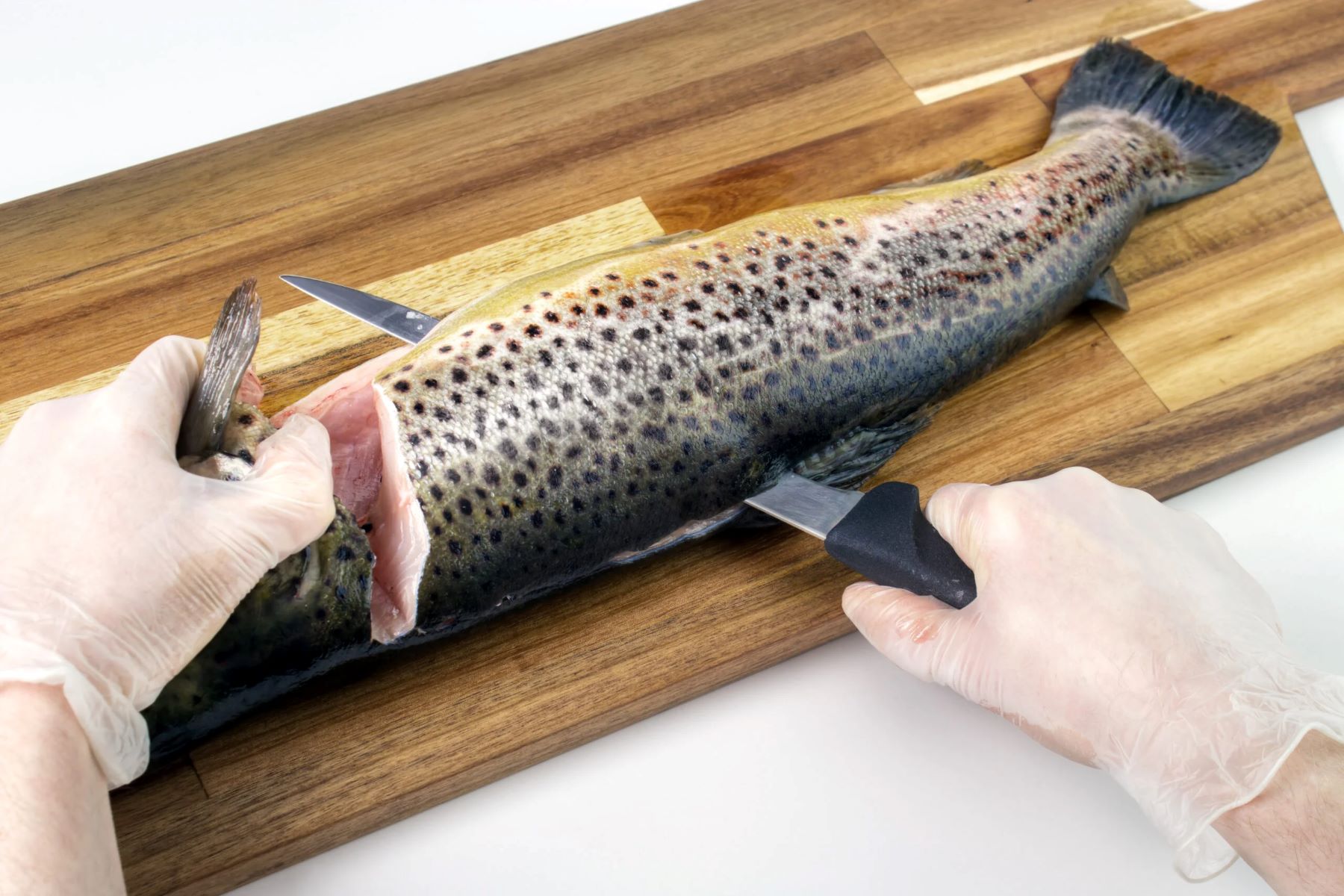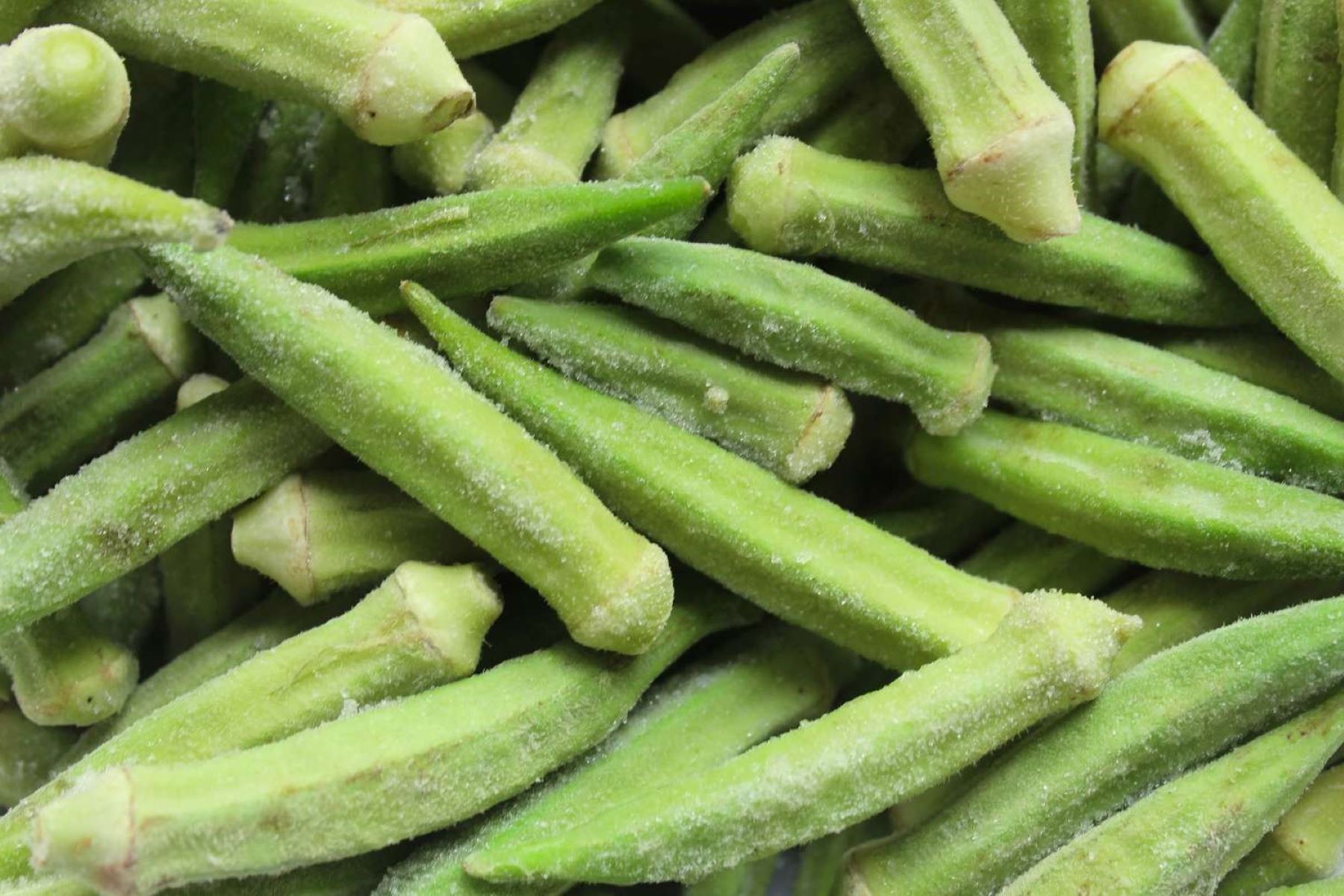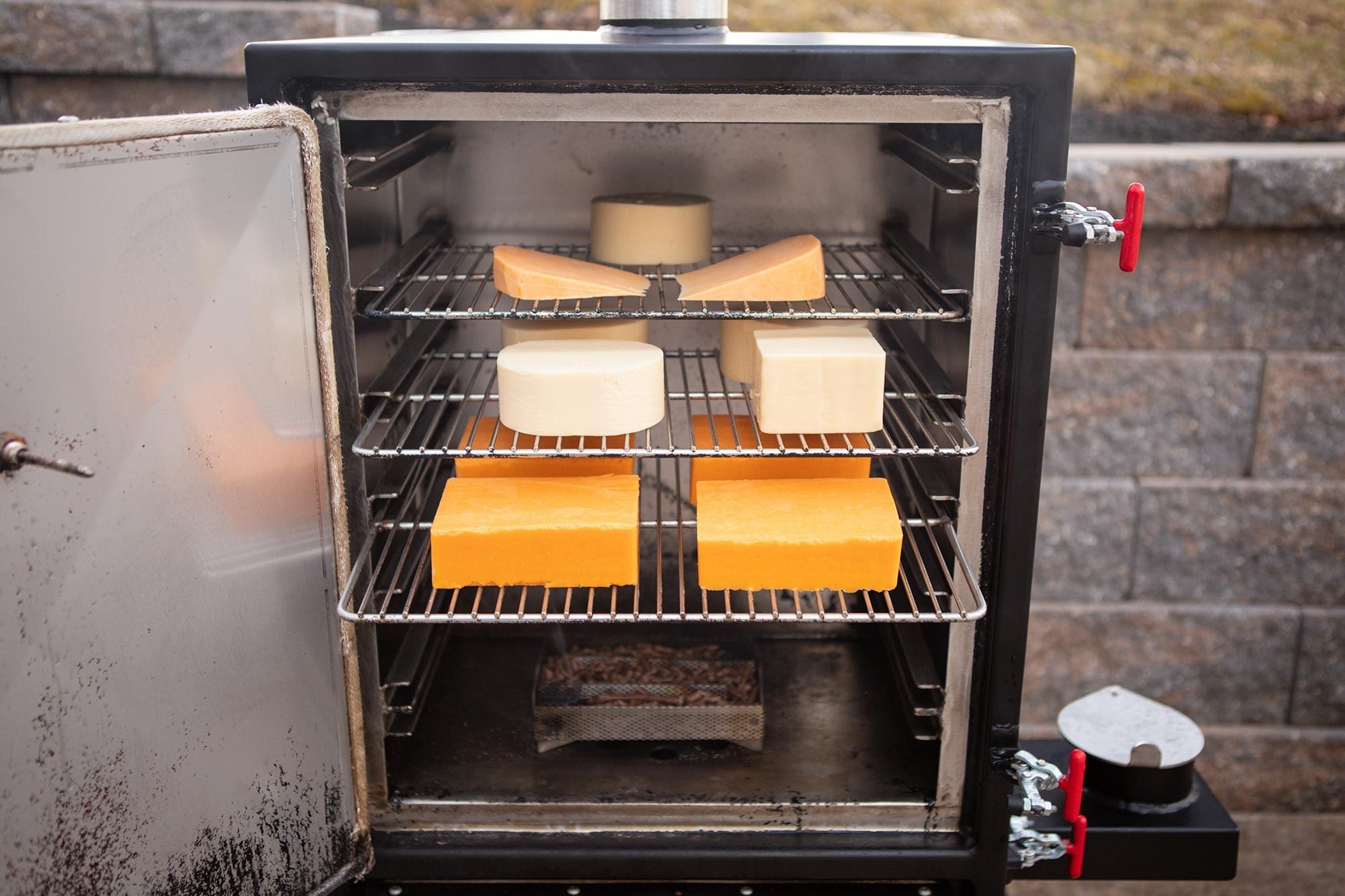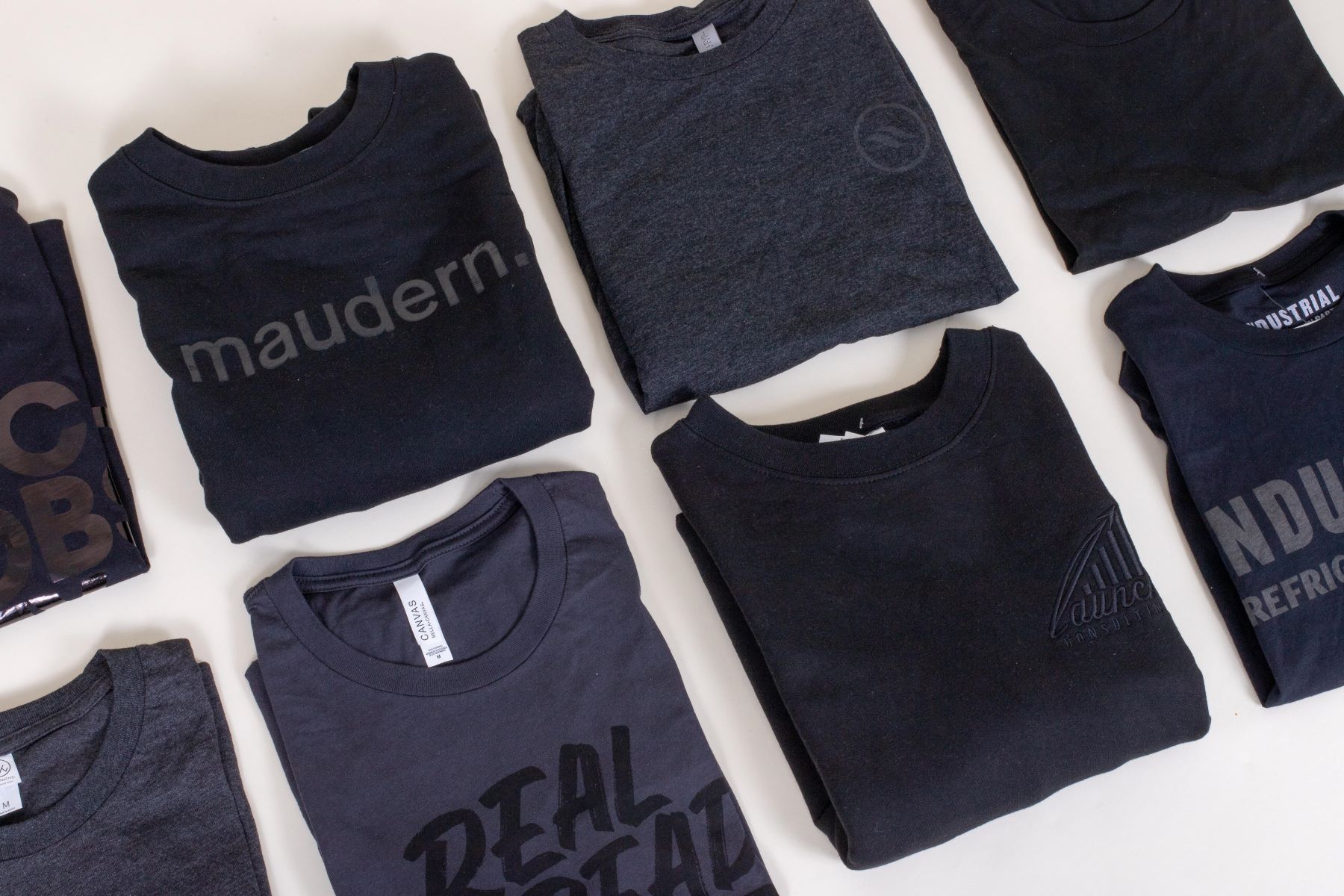Home>Food and Cooking>How To Wrap A Brisket In Butcher Paper
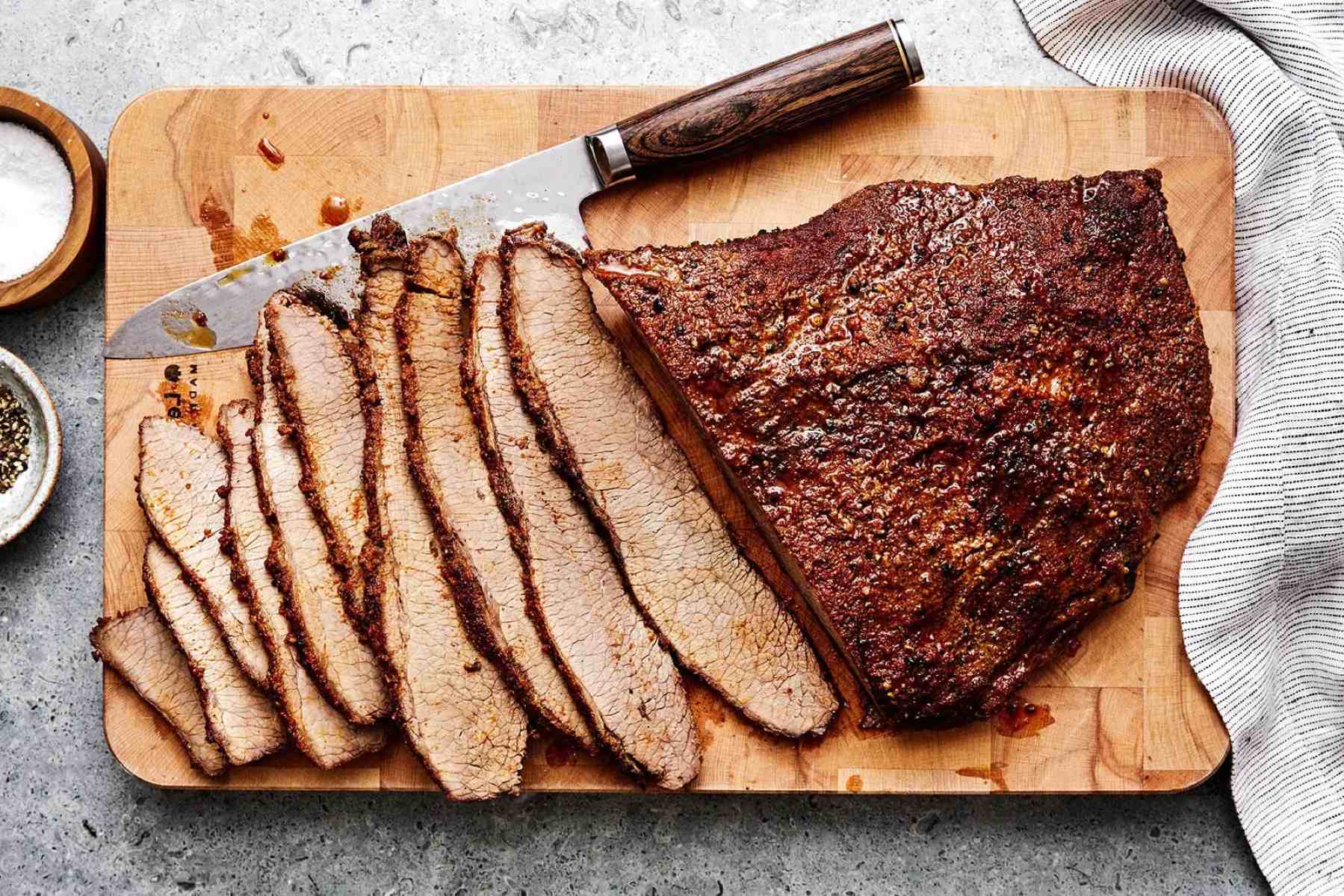

Food and Cooking
How To Wrap A Brisket In Butcher Paper
Published: March 6, 2024
Learn the best technique for wrapping a brisket in butcher paper to lock in moisture and enhance the flavor. Perfect for food and cooking enthusiasts!
(Many of the links in this article redirect to a specific reviewed product. Your purchase of these products through affiliate links helps to generate commission for Regretless.com, at no extra cost. Learn more)
Table of Contents
Introduction
Brisket, a cut of beef known for its rich flavor and tender texture, has long been a staple in the world of barbecue. Whether you're a seasoned pitmaster or a novice griller, mastering the art of wrapping a brisket in butcher paper is a crucial skill that can elevate the quality of your barbecue. This technique, often used in traditional Texas-style barbecue, allows the brisket to retain moisture while developing a delectable bark on the exterior.
In this comprehensive guide, we will delve into the intricacies of selecting the right brisket, preparing it for wrapping, and executing the wrapping process with precision. Additionally, we will explore the nuances of cooking a wrapped brisket to perfection and the final steps of unwrapping and serving the mouthwatering result. By the end of this article, you will be equipped with the knowledge and confidence to expertly wrap a brisket in butcher paper, taking your barbecue skills to new heights.
The process of wrapping a brisket in butcher paper is not only a culinary technique but also an art form that has been passed down through generations of barbecue enthusiasts. It embodies the essence of slow-cooked, smoky perfection, and the anticipation of unveiling a beautifully wrapped brisket is a moment of pure satisfaction for any pitmaster. So, let's embark on this flavorful journey and unravel the secrets of achieving a perfectly wrapped brisket that will leave your guests craving for more.
Read more: How To Make A Bow Using Wrapping Paper
Choosing the Right Brisket
Selecting the right brisket is the foundational step in the journey towards creating a mouthwatering, perfectly wrapped masterpiece. When it comes to choosing a brisket, there are several key factors to consider to ensure that you start with a high-quality cut of meat.
Factors to Consider:
-
Grade of the Brisket: Opt for a brisket that is well-marbled with fat, as this contributes to the tenderness and flavor of the final dish. Look for a brisket that is graded Choice or Prime, as these grades typically offer superior marbling, resulting in a more succulent and flavorful end product.
-
Size and Weight: The size and weight of the brisket are crucial considerations, especially when planning for a specific number of servings. A good rule of thumb is to estimate about 1 pound of brisket per person, accounting for shrinkage during the cooking process. Additionally, ensure that the brisket fits comfortably within your cooking equipment, whether it's a smoker, grill, or oven.
-
Freshness: When purchasing a brisket, prioritize freshness. Look for a cut that is bright red in color, indicating that it is fresh and has not been sitting on the shelf for an extended period. Additionally, if possible, opt for a brisket that has been vacuum-sealed, as this helps maintain its freshness and prevents exposure to air.
-
Thickness of the Flat: The flat, or leaner portion of the brisket, should have a consistent thickness throughout. This ensures even cooking and prevents any sections from becoming overcooked or undercooked.
-
Certifications: For those who prioritize sustainability and ethical practices, consider looking for briskets that are certified organic or sourced from farms that adhere to humane and sustainable practices.
By carefully considering these factors, you can ensure that you start with a high-quality brisket that forms the foundation for a delectable and perfectly wrapped final product. The right brisket sets the stage for a culinary journey that culminates in a tender, flavorful, and visually stunning dish that will leave a lasting impression on your guests.
Preparing the Brisket
Before embarking on the wrapping process, it is essential to prepare the brisket meticulously to ensure optimal flavor and tenderness. Proper preparation sets the stage for a successful wrapping and cooking experience, allowing the brisket to reach its full potential. Here's a detailed guide on preparing the brisket for the wrapping process:
-
Trimming the Brisket: Begin by carefully trimming the excess fat from the brisket, paying special attention to the fat cap. While a moderate amount of fat is desirable to impart flavor and moisture, excessive fat can hinder the absorption of smoke and seasoning. Trim the fat to about 1/4 inch thickness, ensuring a balanced distribution across the brisket.
-
Seasoning the Brisket: Season the brisket generously with a flavorful dry rub or marinade of your choice. The seasoning should complement the natural richness of the beef without overpowering it. Common components of a brisket rub include kosher salt, black pepper, garlic powder, onion powder, paprika, and other spices tailored to personal preference. Gently massage the seasoning into the meat, ensuring even coverage on all sides.
-
Resting Period: After seasoning, allow the brisket to rest at room temperature for approximately 30 minutes. This resting period allows the seasoning to permeate the meat, enhancing its flavor profile. Additionally, bringing the brisket to room temperature promotes more even cooking throughout the cut.
-
Preheating the Cooking Equipment: Whether you plan to smoke, grill, or roast the brisket, it is crucial to preheat your cooking equipment to the desired temperature. For smoking, aim for a consistent temperature between 225°F and 250°F, while grilling or roasting may require higher temperatures initially before transitioning to a lower, steady heat.
-
Preparing the Butcher Paper: While the brisket rests, prepare a large sheet of unwaxed butcher paper, ensuring it is of sufficient size to fully wrap the brisket. This will facilitate a seamless wrapping process once the brisket is ready.
By meticulously preparing the brisket through trimming, seasoning, resting, and preheating, you set the stage for a successful wrapping and cooking process. These preparatory steps lay the foundation for a beautifully wrapped brisket that is primed to absorb smoky flavors, develop a delectable bark, and ultimately deliver a memorable culinary experience.
Wrapping the Brisket in Butcher Paper
Once the brisket is meticulously prepared and the cooking equipment is preheated, it's time to embark on the crucial step of wrapping the brisket in butcher paper. This process plays a pivotal role in creating the ideal cooking environment for the brisket, allowing it to retain moisture, develop a flavorful bark, and achieve optimal tenderness. Here's a detailed guide on how to expertly wrap a brisket in butcher paper:
-
Positioning the Brisket: Carefully place the seasoned brisket in the center of the unwaxed butcher paper, ensuring that it is positioned lengthwise along the paper's grain. This orientation facilitates a seamless wrapping process and ensures that the brisket is enveloped uniformly.
-
Creating a Secure Seal: Begin by folding one side of the butcher paper over the brisket, ensuring a snug fit without excessively compressing the meat. Next, fold the adjacent side over the brisket, overlapping the first fold to create a secure seal. The goal is to encapsulate the brisket while allowing for some airflow within the paper.
-
Tucking and Folding: With the brisket enveloped in the initial folds, proceed to tuck and fold the remaining edges of the butcher paper to form a neat and secure package. This process involves tucking the paper under the brisket and folding the ends to create a tight seal, preventing any moisture or heat from escaping during the cooking process.
-
Trimming Excess Paper: Once the brisket is fully wrapped, trim any excess butcher paper to ensure a tidy appearance and facilitate efficient placement within the cooking equipment. However, it's important to leave enough paper to maintain a secure seal and prevent any unwrapping during the cooking process.
-
Securing with Butcher's Twine (Optional): For added security, consider tying butcher's twine around the wrapped brisket to further reinforce the seal and maintain the integrity of the package. This step is particularly beneficial for larger briskets or when cooking in environments with significant airflow.
By following these meticulous steps, you can expertly wrap a brisket in butcher paper, setting the stage for a transformative cooking experience. The snug and breathable environment created by the butcher paper allows the brisket to slowly absorb smoky flavors, develop a delectable bark, and ultimately emerge as a tender, flavorful masterpiece. With the brisket securely wrapped and ready for the cooking phase, the next stage of the journey involves infusing the meat with smoky goodness and patiently awaiting the mouthwatering results.
Cooking the Brisket
With the brisket expertly wrapped in butcher paper, it's time to embark on the transformative cooking process that will infuse the meat with smoky goodness and gradually coax it to tender perfection. Whether you opt for the slow and steady approach of smoking or the controlled heat of grilling or roasting, the cooking phase is where the magic truly happens.
Smoking the Brisket
If you choose to smoke the brisket, maintain a consistent temperature between 225°F and 250°F throughout the cooking process. This low and slow method allows the brisket to gradually tenderize while absorbing the aromatic essence of the wood smoke. Depending on the size and weight of the brisket, smoking times can vary, typically ranging from 1 to 1.5 hours per pound. It's essential to monitor the internal temperature of the brisket using a reliable meat thermometer, aiming for an internal temperature of around 200°F for optimal tenderness.
Grilling or Roasting the Brisket
For those opting to grill or roast the brisket, start with a higher initial heat to develop a flavorful crust before transitioning to a lower, steady heat for the remainder of the cooking process. This initial searing or high-heat exposure sets the stage for the development of a delectable bark while sealing in the brisket's natural juices. Once the exterior has achieved the desired caramelization, lower the heat to around 275°F and continue cooking until the brisket reaches the recommended internal temperature of 200°F.
The Art of Patience
Regardless of the cooking method chosen, patience is key. The brisket's journey from raw cut to tender delicacy is a testament to the art of slow cooking. Throughout the cooking process, resist the temptation to frequently check or disturb the brisket, as this can disrupt the development of the flavorful bark and compromise the overall tenderness. Embrace the anticipation and allow the brisket to slowly transform, knowing that the end result will be well worth the wait.
Resting and Slicing
Once the brisket reaches the desired internal temperature, carefully remove it from the cooking equipment and allow it to rest, still wrapped in the butcher paper, for approximately 30 minutes. This resting period allows the brisket to reabsorb its juices, resulting in a moist and succulent final product. After resting, carefully unwrap the brisket, marveling at the beautifully developed bark and tantalizing aroma. When slicing the brisket, remember to cut against the grain to ensure optimal tenderness and presentation.
The cooking phase is a testament to the artistry of barbecue, where time-honored techniques and the alchemy of smoke and heat converge to create a culinary masterpiece. With the brisket expertly wrapped and patiently cooked to perfection, the final unveiling and serving mark the culmination of a flavorful journey that celebrates the rich tradition of barbecue excellence.
Unwrapping and Serving the Brisket
As the moment of unveiling approaches, there is an undeniable sense of anticipation and excitement. The brisket, meticulously wrapped in butcher paper and patiently cooked to tender perfection, is now ready to be unveiled and served. This final stage of the culinary journey is a celebration of craftsmanship and flavor, culminating in a sensory experience that captivates both the eyes and the palate.
Carefully remove the brisket from the cooking equipment, still enveloped in the protective embrace of the butcher paper. As the paper is gently unfolded, the air is filled with the tantalizing aroma of smoky richness, signaling the culmination of a transformative cooking process. The exterior of the brisket, adorned with a beautifully developed bark, exudes an irresistible allure, hinting at the tender and flavorful meat that lies within.
With the brisket unveiled, it is time to proceed with the artful process of slicing and serving. As the knife glides through the tender meat, revealing the intricate marbling and succulent texture, each slice becomes a testament to the meticulous preparation and patient cooking that has brought the brisket to this moment. The rich, smoky aroma fills the air, heightening the anticipation of savoring the fruits of labor and expertise.
When serving the brisket, attention to detail is paramount. Each slice is carefully arranged to showcase the interplay of the flavorful bark and the moist, tender meat. The contrast of textures and the glistening sheen of the meat are a visual testament to the artistry of barbecue. Whether served on a platter or nestled within a sandwich, the brisket becomes the centerpiece of a culinary experience that transcends mere sustenance, inviting guests to partake in a symphony of flavors and textures.
Accompaniments such as tangy barbecue sauce, pickles, and freshly baked bread further elevate the experience, offering complementary flavors and textures that harmonize with the star of the show—the perfectly wrapped and expertly cooked brisket. Each bite is a revelation, a harmonious blend of smoky depth, savory richness, and tender succulence that leaves an indelible impression on the palate.
As the last morsel is savored and the lingering flavors are cherished, the unwrapping and serving of the brisket becomes a testament to the enduring tradition of barbecue craftsmanship. It is a celebration of patience, expertise, and the timeless allure of slow-cooked perfection—a culinary journey that leaves an indelible mark on the senses and the soul.
In the realm of barbecue, the unwrapping and serving of a perfectly wrapped brisket is not merely a culinary ritual; it is a symphony of flavor, a testament to tradition, and a celebration of the art of barbecue mastery.
Conclusion
In the realm of barbecue mastery, the art of wrapping a brisket in butcher paper transcends mere culinary technique; it embodies a rich tradition of patience, expertise, and the timeless allure of slow-cooked perfection. From the meticulous selection of the right brisket to the transformative cooking process and the final unveiling and serving, every step in this flavorful journey is a testament to the craftsmanship and artistry that define the world of barbecue.
The journey begins with the careful selection of a high-quality brisket, where considerations of marbling, size, freshness, and ethical sourcing set the stage for a culinary masterpiece. The preparatory steps, including trimming, seasoning, and resting the brisket, lay the foundation for a transformative cooking experience. As the brisket is expertly wrapped in butcher paper, a snug and breathable cocoon is created, allowing the meat to slowly absorb smoky flavors and develop a delectable bark.
The cooking phase, whether through the slow and steady art of smoking or the controlled heat of grilling or roasting, is a testament to the alchemy of smoke and heat that transforms raw meat into a tender delicacy. The patience and anticipation that accompany the cooking process culminate in the final unveiling and serving, where each slice becomes a testament to the meticulous preparation and patient cooking that has brought the brisket to this moment.
The unwrapping and serving of the brisket is a celebration of craftsmanship and flavor, inviting guests to partake in a symphony of flavors and textures. Each bite is a revelation, a harmonious blend of smoky depth, savory richness, and tender succulence that leaves an indelible impression on the palate. It is a celebration of tradition, expertise, and the enduring allure of slow-cooked perfection—a culinary journey that leaves an indelible mark on the senses and the soul.
As the last morsel is savored and the lingering flavors are cherished, the unwrapping and serving of the perfectly wrapped brisket becomes a testament to the enduring tradition of barbecue craftsmanship. It is a celebration of patience, expertise, and the timeless allure of slow-cooked perfection—a culinary journey that leaves an indelible mark on the senses and the soul. In the realm of barbecue, the unwrapping and serving of a perfectly wrapped brisket is not merely a culinary ritual; it is a symphony of flavor, a testament to tradition, and a celebration of the art of barbecue mastery.
